ESG and circular economy are often seen as complex, technical Western concepts. However, through the lens of Eastern philosophy, they appear as a harmonious and close “mutual” system.
ESG and life cycle analysis (LCA) expert Pham Hoai Trung - Chief Advisor of SSBTi Vietnam, founder of Azitech and GreenGo gave his perspective on the connection between the ESG model (Environment - Society - Governance) and circular economy.
According to expert Pham Hoai Trung, in the journey of green transformation and ESG governance, the relationship between the circular economy (CEE) and greenhouse gas (GHG) emission reduction is a key strategic axis. But to truly master this game, sometimes a different lens is needed – a perspective that combines Western systems thinking and Eastern philosophical depth.
The nature of this relationship is a systemic chain of cause and effect, where circular economy acts as a machine to eliminate emissions at the source. Starting with prioritizing recycled materials will cut off the first link that causes emissions: mining and transportation, for example, the production of recycled aluminum only emits 5-10% of the emissions of virgin aluminum. Next, when materials are reused, businesses do not need to produce them from scratch, saving a large amount of energy.
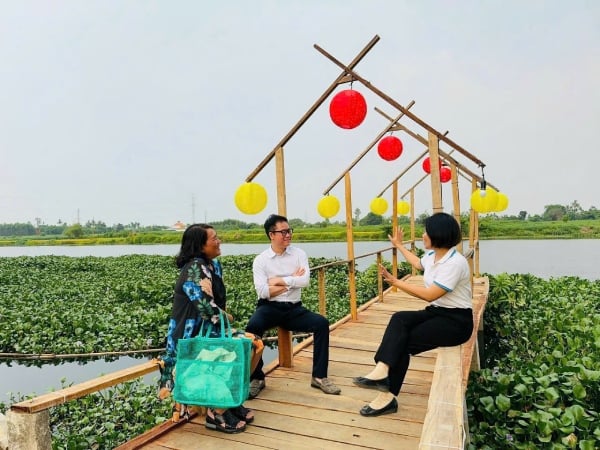
Expert Pham Hoai Trung and colleagues discuss ESG and KTTH.
With the understanding of KTTH as an operating mechanism, expert Pham Hoai Trung proposed a perspective from Eastern philosophy. That is to compare the ESG model (Environment - Society - Governance) to the diagram of the five elements. In this frame of reference, the Environment pillar (E) is the Five Elements with Wood (trees), Fire (energy), Earth (land), Metal (industry) and Water (water). These elements do not exist separately but interact and support each other in a natural cycle.
At the center of that circle is Society (S), that is, humans – both the creator and the affected object. And to keep that circle of mutual generation operating in harmony, the Governance (G) pillar plays the role of the art of coordination, ensuring the balance between exploitation and regeneration.
When viewed through this lens, ESG is no longer a dry reporting framework, but becomes a vibrant "mutual ESG system".
To turn this philosophy into action, Mr. Pham Hoai Trung suggests a symbolic image: an oriental medicine practitioner carefully weighing each medicinal herb with a small scale.
"This image is a metaphor for the art of ESG management and the practice of circular economy in practice. First of all, it is about balance and precise quantification. A physician carefully weighs each medicine, similar to ESG management which requires precise measurement of each indicator from emissions, water consumption to social impact. Each indicator is a "medicine", if the dose is wrong, it will be counterproductive.
Moreover, a medicine is a comprehensive combination of many flavors, just as an effective ESG strategy is a harmonious coordination of many factors from energy, raw materials to social welfare. The role of the administrator at this time is also that of a doctor: standing between nature (data) and business (patient) to "diagnose" the situation and "prescribe" appropriate policies, aiming for balance and long-term recovery," the expert shared.
According to Mr. Trung, it is necessary to understand that KTTH is not a temporary prescription, but a "radical treatment", a health care method that helps businesses restore energy and regenerate resources.
"By combining the precision of Western science with the depth of Eastern philosophy, ESG and circular economy can be seen not only as an obligation, but also as an inevitable path to operate in harmony with natural laws, taking people as the center and creating sustainable prosperity," the expert emphasized.
Source: https://doanhnghiepvn.vn/lanh-te/lanh-doanh/-giai-ma-esg-lanh-te-tuan-hoan-bang-triet-ly-ngu-hanh/20250707023628886


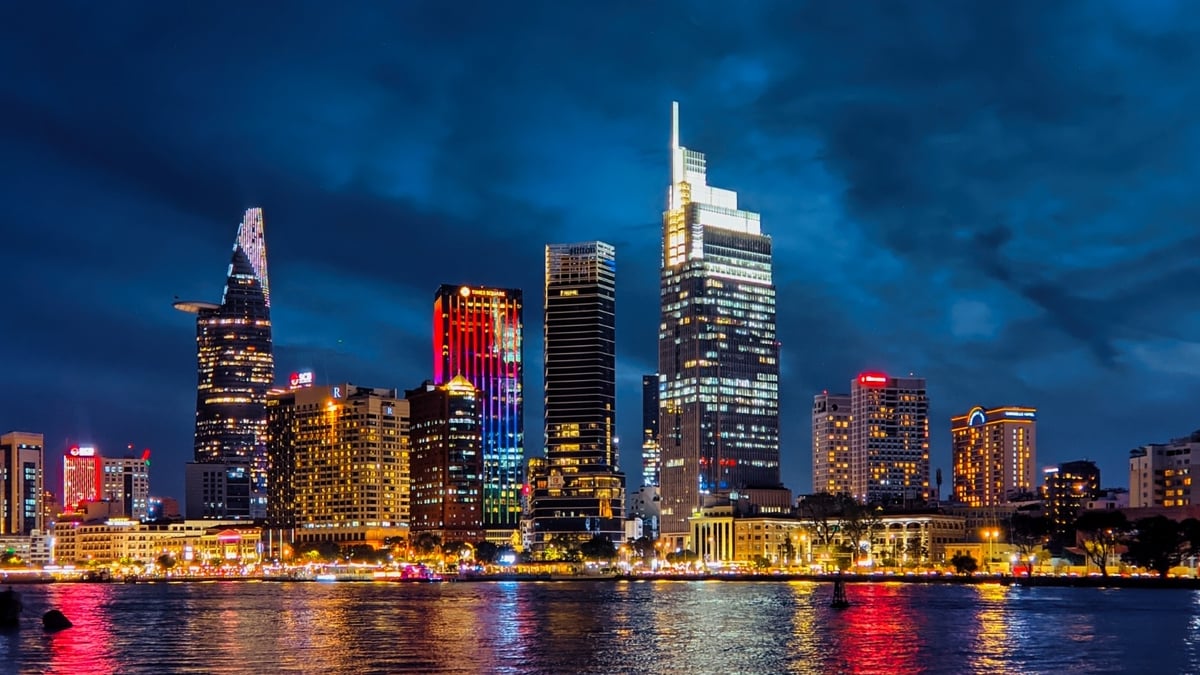

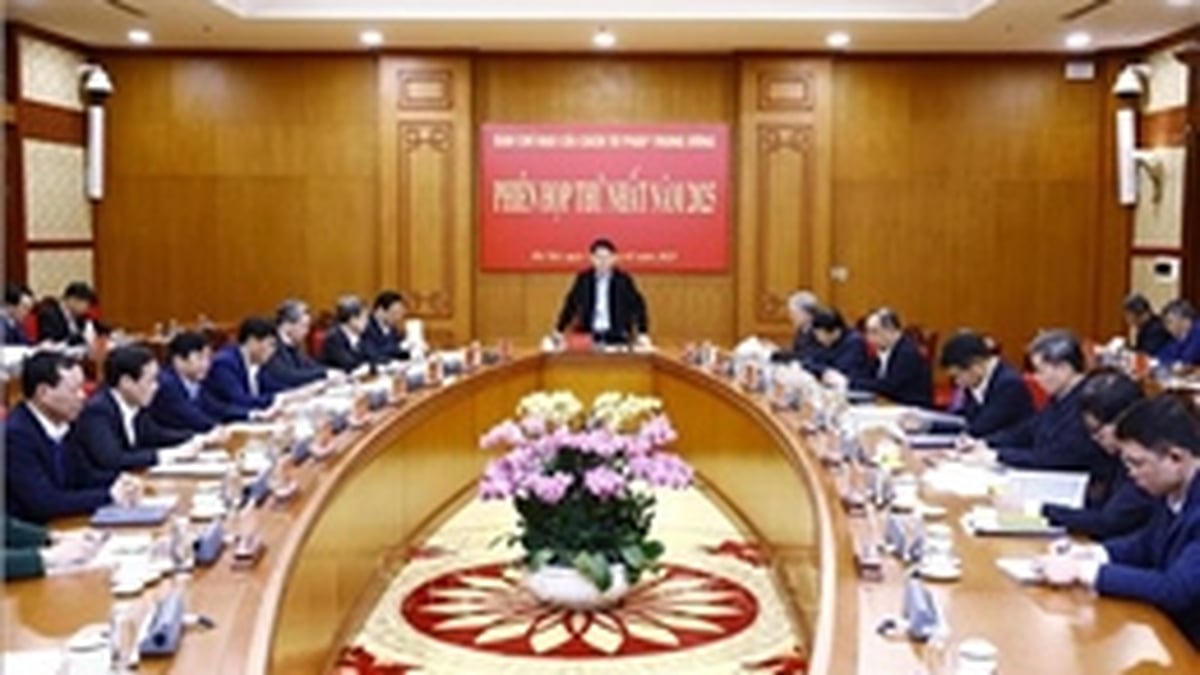

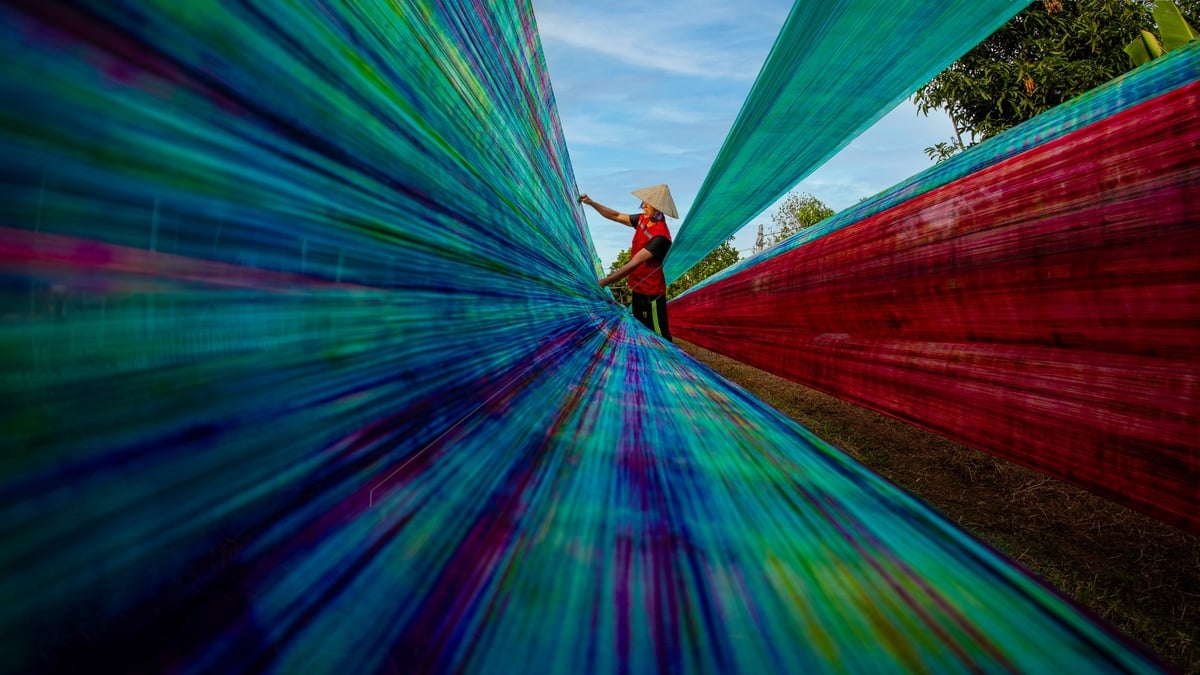

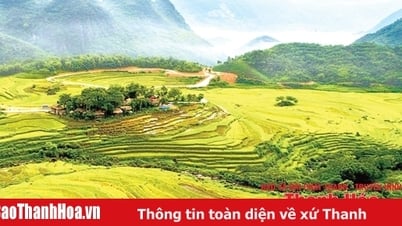

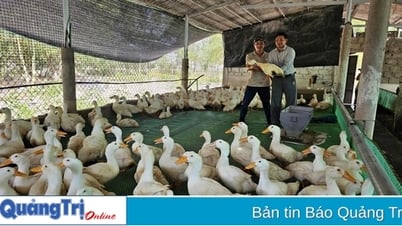



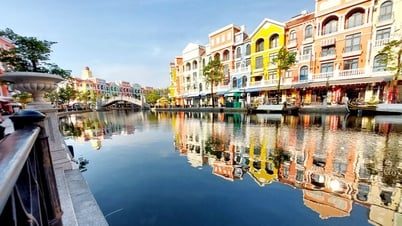




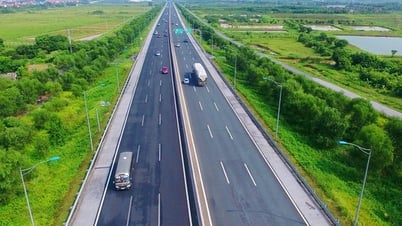


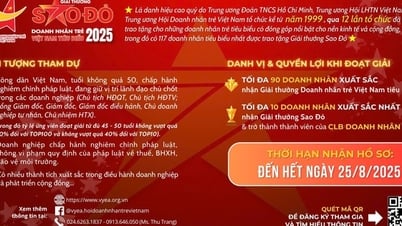
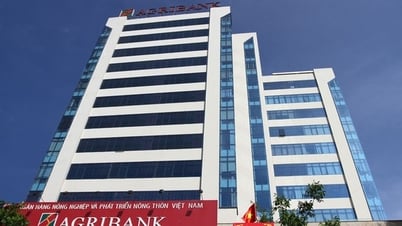
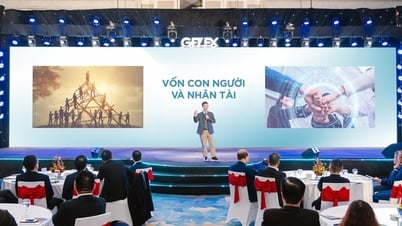
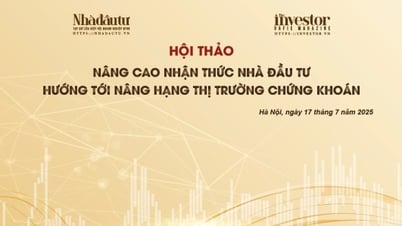





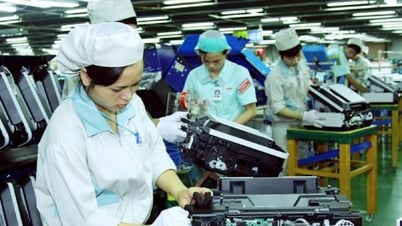
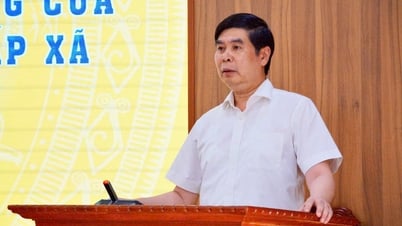


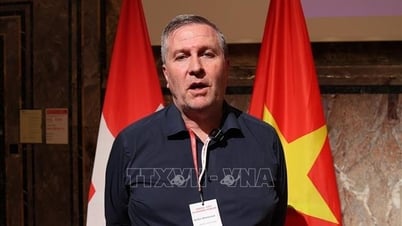


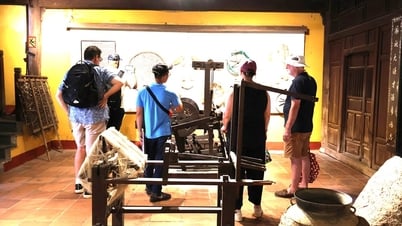

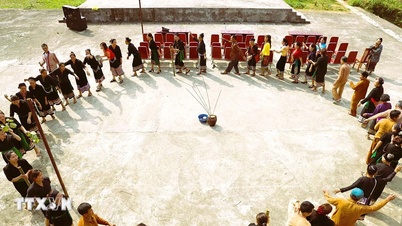
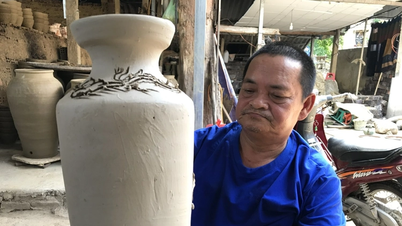

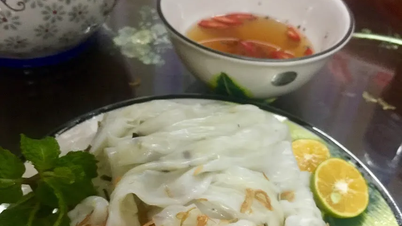



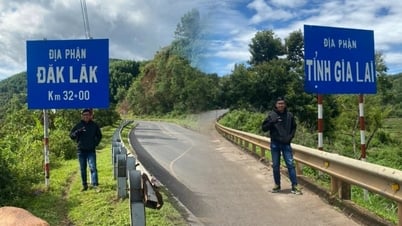



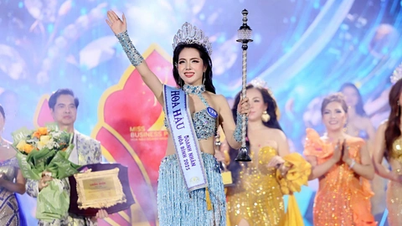
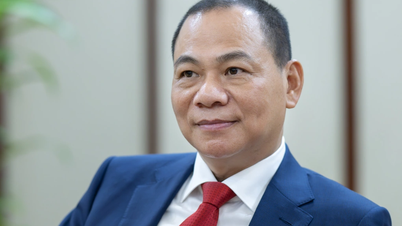

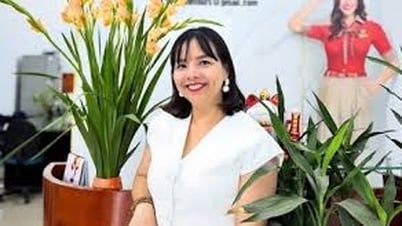

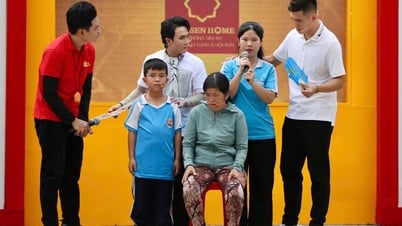

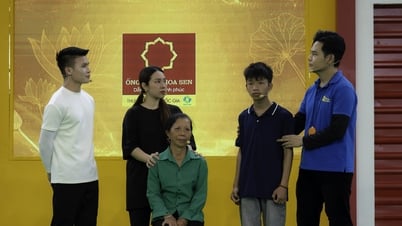
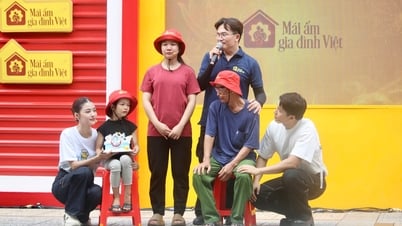
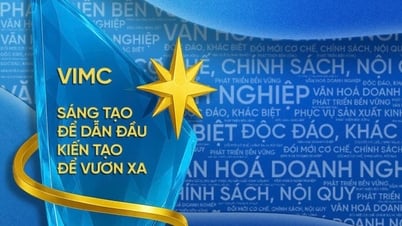

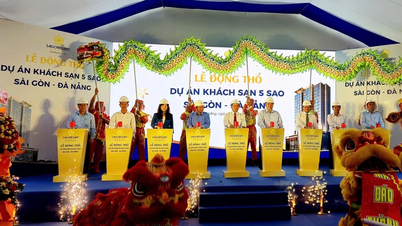

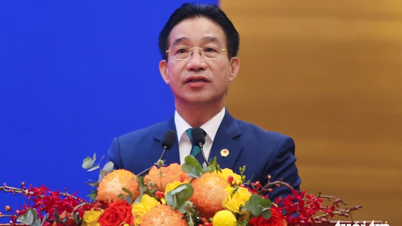

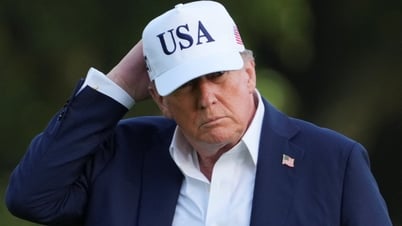
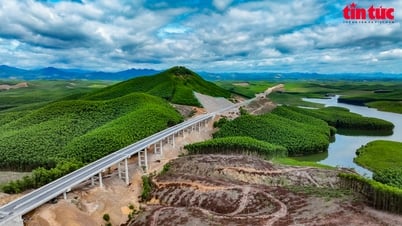

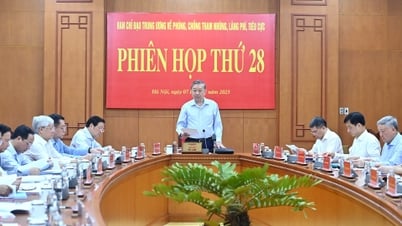

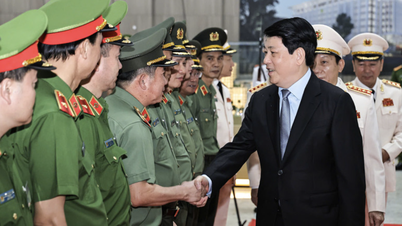
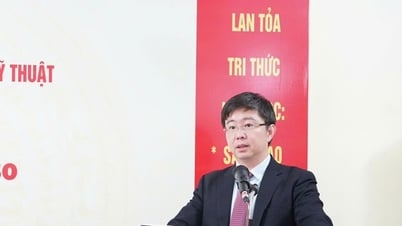



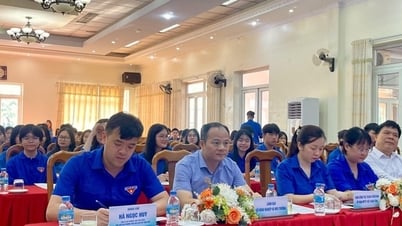
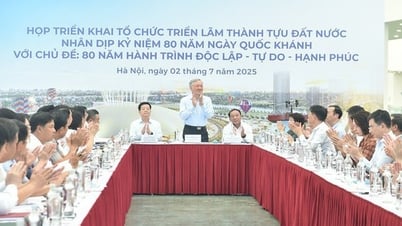
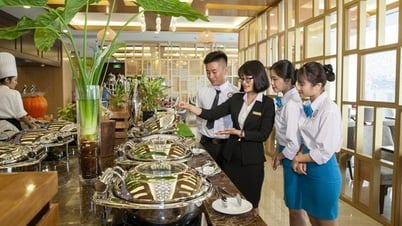

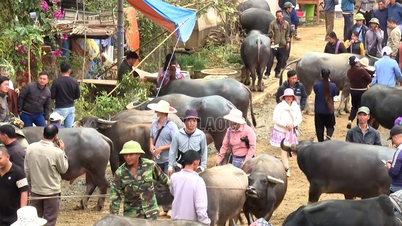

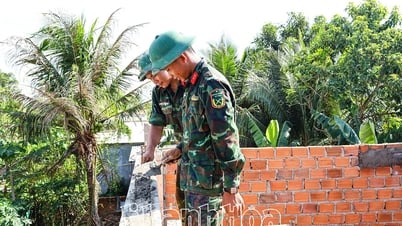


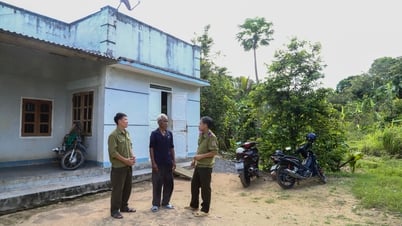


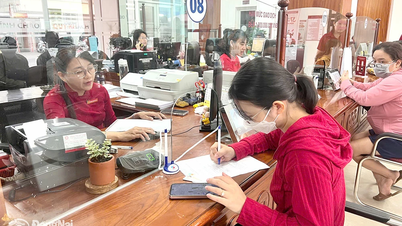








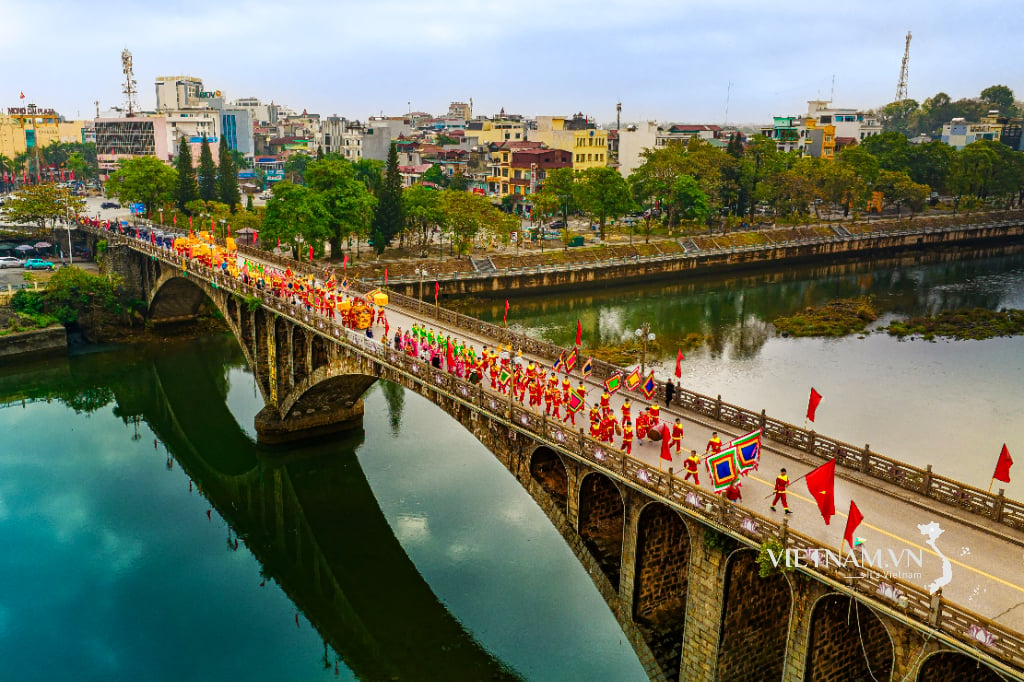
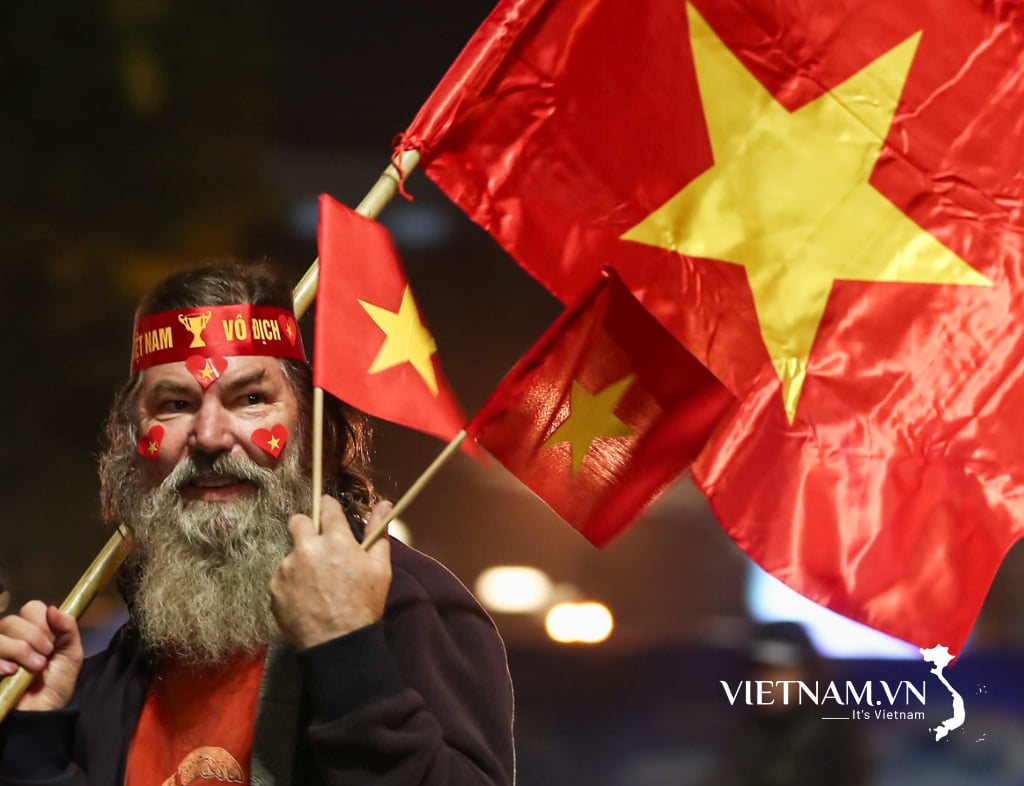
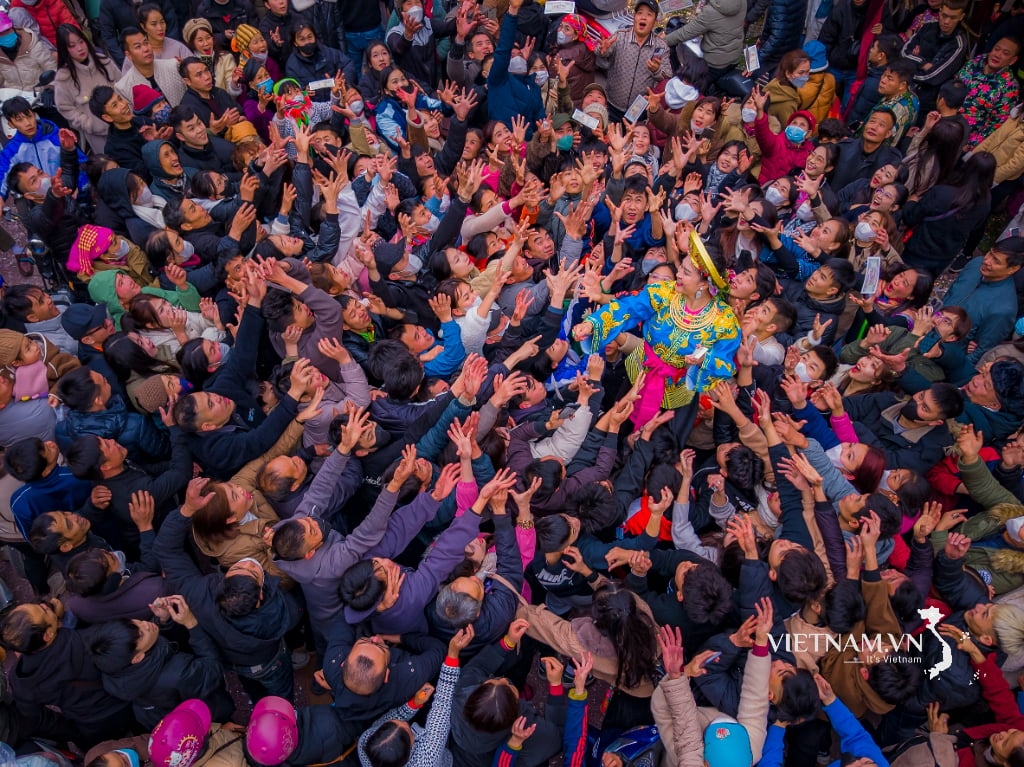

Comment (0)